What can be done for plica syndrome?
The majority of people with plica syndrome will get better without surgery. The primary goal when treating the plica is to reduce the inflammation. This may require limiting activities like running, biking, or using a stair-climbing machine.
Non-surgical Rehabilitation
When you begin physiotherapy at One Wellness, we may first suggest anti-inflammatory medications such as ibuprofen or aspirin to reduce the inflammation. Our physiotherapist may also use ice packs or ice massage to help reduce the inflammation and swelling in the area of the plica. Ice massage is easy and effective. Simply freeze water in a paper cup. When needed, tear off the top inch, exposing the ice. Rub three to five minutes around the sore area until it feels numb.
Additionally, we may apply treatments such as ultrasound and friction massage to calm inflammation in the plica. Our therapy sessions sometimes include iontophoresis, which uses a mild electrical current to push anti-inflammatory medicine to the sore area. This treatment is especially helpful for patients who can't tolerate injections.
Once the inflammation is reduced, our physiotherapist will begin treatments involving stretching and strengthening exercises for the leg.
Although the time required for recovery varies, if your treatment is nonsurgical, you should be able to return to normal activity within four to six weeks.
Post-surgical Rehabilitation
When you begin post-surgical physiotherapy, our first few rehabilitation sessions will be designed to ease pain and swelling and help you begin gentle knee motion and thigh tightening exercises. Patients rarely need to use crutches after this kind of surgery.
As our program evolves, our therapist will choose more challenging exercises. Patients do closed chain exercises by keeping their foot on a surface while working the knee joint. These exercises mimic familiar activities like squatting down, lunging forward, and going up or down steps. These exercises help keep pressure off the kneecap while getting a challenging workout for the leg muscles. Our physiotherapist will work with you to make sure you are not having extra pain in your knee during the exercises. We may also have you do stretches for the soft tissues along the edge of the kneecap as well as flexibility exercises for the hamstrings, quadriceps, and calf muscles.
At One Wellness, our goal is to help you keep your pain under control, increase the strength of your quadriceps muscles, and maximize the range of motion in your knee. When your recovery is well under way, regular visits to our office will end. Although we will continue to be a resource, you will be in charge of doing your exercises as part of an ongoing home program.
One Wellness provides services for physiotherapy in Canmore.
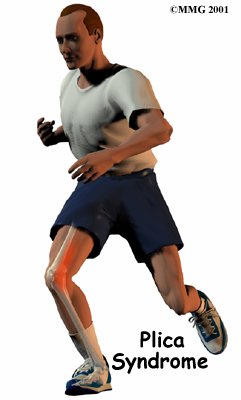

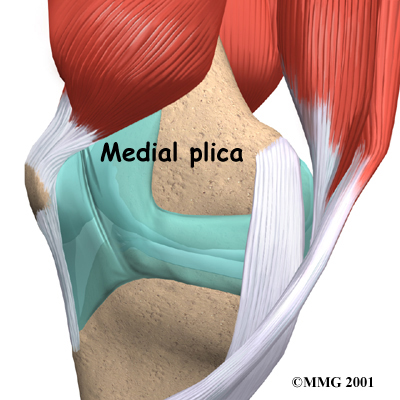
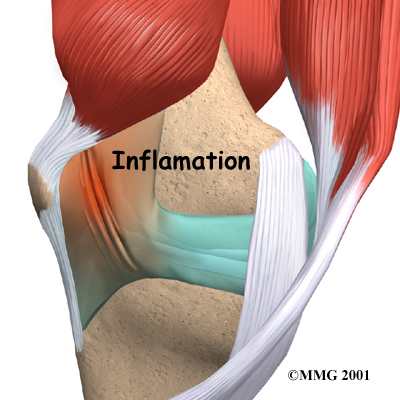 A plica causes problems when it is irritated. This can occur over a long period of time, such as when the plica is irritated by certain exercises, repetitive motions, or kneeling.
A plica causes problems when it is irritated. This can occur over a long period of time, such as when the plica is irritated by certain exercises, repetitive motions, or kneeling.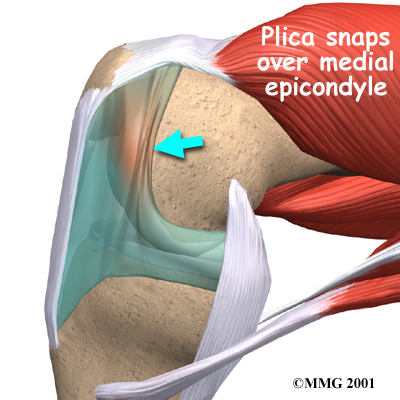
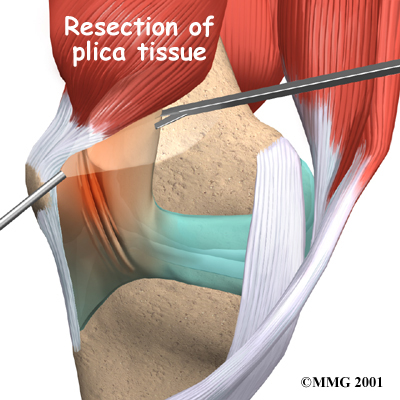


 (403) 679-7179
(403) 679-7179  concierge@one-wellness.ca
concierge@one-wellness.ca 

